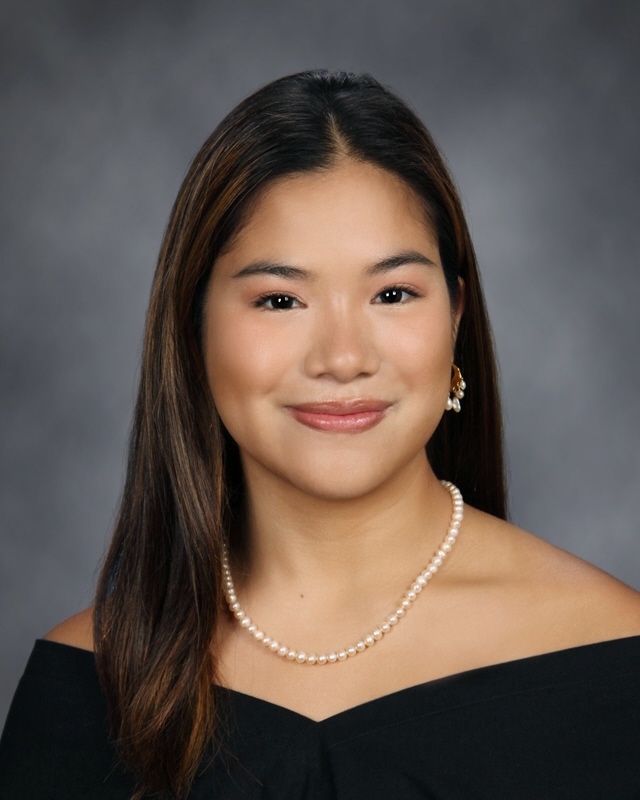Speech research using ultrasound

Reyna Mapa
Undergraduate Researcher
Management Major (Kelley School of Business)

Harshini Muthuraman
Undergraduate Researcher
Biochemistry Major (College of Arts & Sciences)

Malgorzata Cavar
Faculty Mentor
Malgorzata Cavar (College of Arts & Sciences)
Project Description
Many people know of ultrasound as a diagnostic method in medicine, but ultrasound imaging can and is used also outside of medicine. We use ultrasound technology to investigate how sounds are pronounced. Students can get involved in a number of current projects. A project on lenition in the Spanish of the Canary Islands looks at the configuration of articulatory gestures leading to weakening and deletion of consonants in some environments, for example, the weakening or deletion of the final [s] in ‘gracias.’ In another study, we investigate the articulation of nasalized vowels in Polish, which sometimes break up into a sequence of a vowel followed by [n] or [m]. Yet another data set focuses on palatalization of consonants in Polish and Ukrainian. Here, we want to find out what vocal tract and tongue shape is necessary to articulate palatalized consonants (those sounds that sound relatively softer, as in English "k" in 'keep' - as opposed to the sound "k" in 'cold') and how the strategies differ between languages. Finally, in a project on the articulation of consonant clusters in Polish, we want to figure out if and to what extent consonants assimilate to each other and what factors facilitate or, to the contrary, block assimilation. This kind of research helps us understand the mechanisms controlling speech production which shape grammatical processes in individual languages, but also help second language learners and teachers.
Technology or Computational Component
Ultrasounds is a relatively new method in the study of language. If you decide to work with me you will work with audio and ultrasound files using AAA (software for the analysis of 2D ultrasound data), WASL (software for the analysis of 3D ultrasound images), Matlab and Praat. You will work with different types of data files, convert formats, help to extract and annotate audio files, analyze ultrasound images, clean data for statistical analysis, produce figures and graphs.

